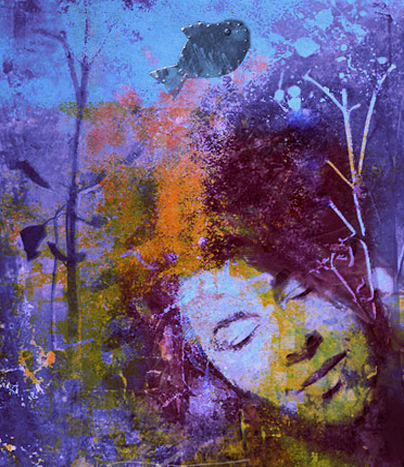C.G. Jung, on "Dream Analysis" in Modern Man in Search of a Soul
Dreams are the direct expression of unconscious psychic activity (p. 2).
The dream gives a true picture of the subjective state, while the conscious mind denies that this state exists, or recognizes it only grudgingly (p. 5).
It is the way of dreams to give us more than we ask (p. 5).
[B]ringing to light the parts of the personality that were previously unconscious and subjecting them to conscious discrimination . . . is . . . a call to arms that must be answered by the whole personality (p. 10).

The dream is specifically the utterance of the unconscious. . . . It is imperative that we do not pare down the meaning of a dream to fit some narrow doctrine (p. 11).
Dreams give information about the secrets of the inner life and reveal to the dreamer hidden factors of [the dreamer's] personality. . . . There must be a thorough-going, conscious assimilation of unconscious contents. By "assimilation" I mean a mutual interpenetration of conscious and unconscious contents (p. 16).
The psyche is a self-regulating system that maintains itself in equilibrium, as the body does. Every process that goes too far immediately and inevitably calls forth a compensatory activity. Without such adjustments a normal metabolism would not exist, nor would the normal psyche. . . . The relation between conscious and unconscious is compensatory. This fact . . . affords a rule for dream interpretation. It is always helpful, when we set out to interpret a dream, to ask, "What conscious attitude does it compensate?" (p. 17).

The dream content is to be taken in all seriousness as something that has actually happened to us. . . . Every dream is a source of information and a means of self-regulation; . . . dreams are our most effective aids in building up the personality (p. 18).
Theoretically, there do exist relatively fixed symbols . . . . If there were no relatively fixed symbols, it would be impossible to determine the structure of the unconscious (p. 21).
I . . . regard the symbol as the announcement of something unknown, hard to recognize, and not to be fully determined (p. 22).
It is only through comparative studies in mythology, folk-lore, religion, and language that we can determine these symbols in a scientific way. The evolutionary stages through which the human psyche has passed are more clearly discernible in the dream than in consciousness. The dream speaks in images and gives expression to instincts that are derived from the most primitive levels of nature. Consciousness all too easily departs from the law of nature, but it can be brought again into harmony with the latter by the assimilation of unconscious contents. By fostering this process, [one comes to] the rediscovery of the law of one's own being (p. 26).

Source: http://www.jung.org/Pres_ltr.htm



Replies